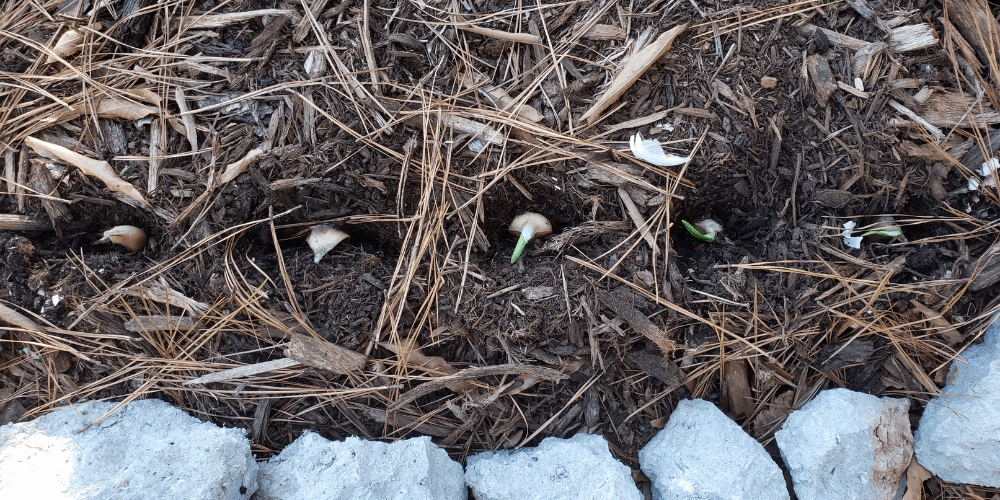I’ve only recently started my regenerative garden and these free resources have been my go to since the beginning. These free resources can help you get your regenerative garden started too.
Free Resources for Your Regenerative Garden
Green America’s Guide for Regenerative Climate Victory Gardens
Green America is a not for profit organization working “to create a socially just and environmentally sustainable society.” Together with Kiss The Ground, they started the Climate Victory Garden program. Regenerative Climate Victory Gardens can rebuild soil health and fight climate change. On Green America’s website they have all kinds of gardening resources. They include information for beginner gardeners like myself also for seasoned gardeners.
The Old Farmer’s Almanac
The Old Farmer’s Almanac share plenty of information for gardeners. Their articles for gardening include planting calendars, container gardening, and so much more.
I highly recommend checking out their article on no dig no till gardening. This method of gardening prevents weeds from growing and helps build healthy soil. It also is similar to the no till/low till regenerative agricultural practice for extra carbon capturing potential.
USDA Plant Hardiness Zone
The plant hardiness zone is based on the climate of your area. It is important to keep in mind your plant hardiness zone when choosing plants for your garden. On the USDA website, type in your zip code for your plant hardiness zone. Currently the USDA Plant Hardiness Zone website seems to be having issues. I will update the link once the website has been fixed. In the meantime this is the USDA Plant Hardiness Zone map.
Native Plants of North America
There are several reasons to include native plants in your garden. They require less chemicals, are resilient, and promote biodiversity. Due to the benefits of native plants, it was important for me to choose native plants for my pollinator garden. When I started searching for native pollinator plants I was amazed with numerous options. Fortunately, I found this list of 25 Top Native Pollinator Plants for North Carolina from NC State’s extension office to get me started.
Once you find what plants are native to your area, I recommend using The Lady Bird Johnson Wildflower Center online database. They provide a wealth of information of native plants from all over North America. I also frequently referred to the Extension Gardener Plant Toolbox from NC State’s extension office for more details.
Invasive Plants
Do not plant invasive plants in your garden. Unlike the advantages of native plants, invasive plants have detrimental effects on the ecosystem. USDA provides a list of invasive plants by state.
Your Local Cooperative Extension Services Office
All 50 states of the United States of America have cooperative extension service offices. These cooperative extension services offices provide services and information based on research to farmers and local gardeners. Find your local cooperative extension service office in your state.
You may also check out Ask Extension to search a database of previously asked questions to extension offices. If you can also submit your own question to be answered by experts from across the United States!
Your Local Gardening Expert
Another resource is your local gardening expert. Your local gardening expert maybe a gardening store in your area, your friend, family member, or neighbor that have emerald green thumbs. These experts may know what variety of plants do best in your area and how to get started.
The plethora of information from these free resources will help my regenerative garden grow. Share in the comments below what free resources you’ve used to grow your regenerative garden.


